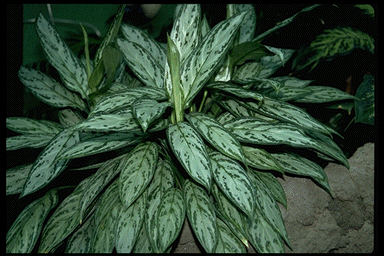|
THE JKL HERBAL /SUPPLEMENT REFERENCE GUIDE |
|
||||||
|
|||||||
Reprinted with permission from the book From Magic
to Medicine
Alphabetical Herb List
KAVA- KAVA (Piper Methysticum Rhizoma)Thought to have originated in the south Pacific (New Guinea, Solomon Islands, Vanuatu). It is a member of the pepper family. A dioecious bush which grows to two feet high. The rhizome is bitter, pungent and has a numbing effect.Kava kava is fast acting because it is absorbed into the gastrointestinal tract. It has been reported that extended use can cause yellow discoloration of the skin, nails and hair. The root of the plant is typically used as a poultice to relieve pain and muscle spasms and when taken as a tea it is known to induce sleep and calm nerves. It has been used by island natives as a ceremonial drink to produce euphoric feelings (tranquil intoxication in which thoughts and memory remain clear). Reported side effects are elevated mood, lively speech and increased sensitivity to sounds. Used in the past to treat ailments of the genitourinary tract such as gonorrhea, vaginitis, leucorrhoea, nocturnal incontinence, menopausal symptoms and some skin disorders. Today, it is used to alleviate anxiety/stress, insomnia and restlessness. May be a possible alternative to synthetic anxiolytics, tricyclic antidepressants and benzodiazepines. Can be used to relax the brain and relieve headaches without significant side effects like Valium and Xanax. Used in Hawaii to treat asthma. Also, used as an anti-septic, stimulant, diuretic, diaphoretic and aphrodisiac. In general, Kava is considered to be a muscle relaxant, anti-convulsive, antispasmodic due to chemical pyrones. The main active ingredient is kavalactone (organic compound which contains oxygen). Dosage is typically 180 milligrams to 210 milligrams of kavalactones. CAUTION: According to medical researchers at the Harvard Medical School, drinking tea made from Kava- Kava can cause deafness, intoxification of the central nervous system, lack of muscle coordination and cause a desire to sleep. Kava usage may impair motor reflexes and judgment. Do not operate heavy machinery or drive. The FDA announced on 02,22,98 that it found 16 dietary supplements as risky. Kava was listed with a warning that it “can potentiate the effects of alcohol and certain psychological medications”. |
